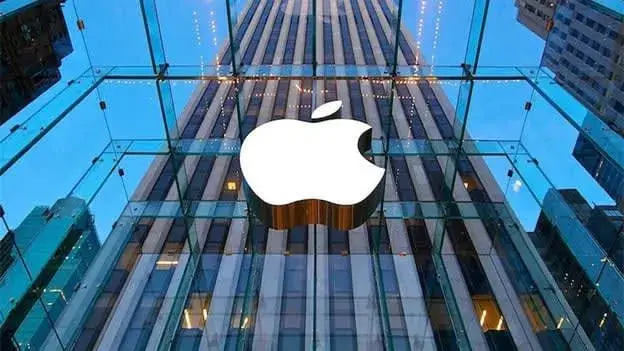The upcoming iPhone 17 is poised to mark a significant shift in Apple's supply chain strategy, with a clear focus on diversifying production and reducing reliance on China. This move is driven by a combination of geopolitical factors, including rising tensions between the U.S. and China, increasing tariffs, and the need for greater supply chain resilience in the face of global disruptions.
India Emerges as a Key Manufacturing Hub
India is set to play a central role in Apple's diversified supply chain. Recent reports suggest that Apple is ramping up iPhone 17 production across its five factories in India. For the first time, all four iPhone 17 models, including the Pro versions, will be manufactured in India from the beginning of their global sales. This marks a significant milestone, highlighting India's growing importance as an iPhone production hub.
Key players in this expansion include Tata Group and Foxconn. Tata's plants in Hosur, Tamil Nadu, are expected to contribute significantly to India's iPhone output, potentially accounting for as much as half of the total within the next two years. Foxconn also operates a large-scale facility near Bengaluru's international airport. To meet the anticipated high demand, Foxconn is reportedly offering substantial bonuses to attract workers in the region.
Strategic Motivations Behind the Shift
Apple's strategic shift away from China is driven by several factors. Geopolitical tensions and trade disputes between the U.S. and China have created a volatile environment for companies like Apple, which have long relied on Chinese manufacturing. In response to rising tariffs, Apple aims to reduce its dependence on China and shift the assembly of iPhones sold in the U.S. to India by 2026.
Diversifying the supply chain also enhances resilience. The COVID-19 pandemic exposed the risks of concentrating production in a single location, leading Apple to seek alternative manufacturing hubs. By expanding into countries like India and Vietnam, Apple aims to build a more robust and flexible supply chain, mitigating the impact of potential disruptions.
Furthermore, India represents a significant growth market for iPhone sales. By establishing a strong manufacturing presence in India, Apple is strategically positioning itself to capture a larger share of the Indian market while also serving international demand.
Impact and Future Outlook
The shift in Apple's supply chain is already having a tangible impact. In the months leading up to August 2025, India's iPhone exports reached $7.5 billion, with a significant portion destined for the U.S. market. This growth underscores India's increasing importance as a manufacturing hub capable of meeting both domestic and international demand.
Looking ahead, Apple is expected to continue expanding its production capabilities in India. The company is reportedly planning to produce an iPhone 17e model in India and is considering the possibility of manufacturing iPhone 18 devices there as well. This long-term commitment signals India's emergence as a core manufacturing hub for Apple.
Potential iPhone 17 Features
While the primary focus is on supply chain diversification, the iPhone 17 is also expected to offer several new features and upgrades. Rumors suggest that all four iPhone 17 models will feature a 24-megapixel front-facing camera. The iPhone 17 may have a new 120Hz panel, a slightly larger screen, faster charging and a part-aluminum, part-glass design. The Pro and Pro Max models are rumored to have a telephoto lens now 48MP with stronger zoom, adoption of new 3nm A19 Pro chipset, boosted to 12GB RAM, a switch to aluminum frame, vapor chamber cooling, reverse charging support and a higher resolution selfie camera.
Geopolitical Considerations and U.S. Investments
Apple's supply chain diversification also aligns with broader geopolitical trends and U.S. industrial policy. The company is increasing its investments in U.S. manufacturing, with plans to invest billions of dollars in facilities across the country. This includes a major new factory in Houston, Texas, focused on AI servers, as well as partnerships with U.S.-based suppliers for critical components like semiconductors and rare-earth magnets. These investments aim to strengthen the U.S. supply chain and reduce reliance on foreign sources.















